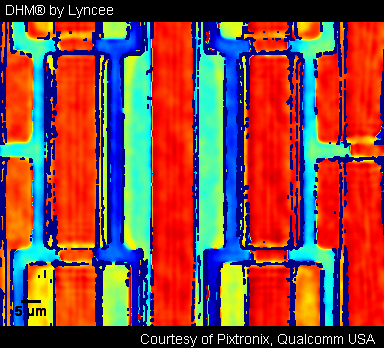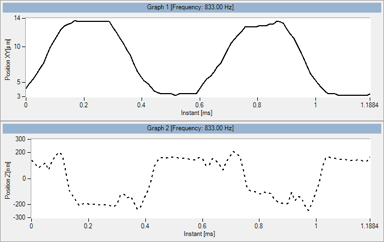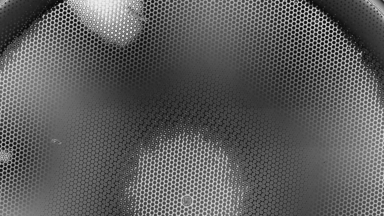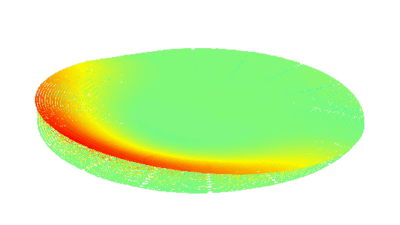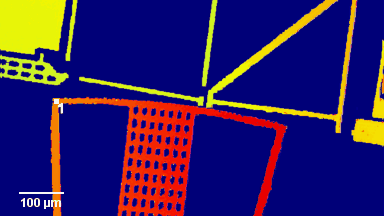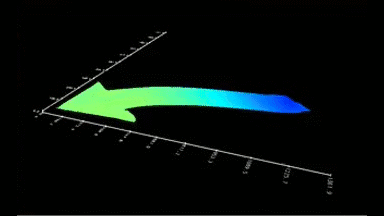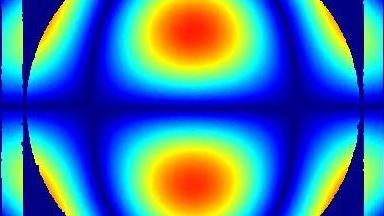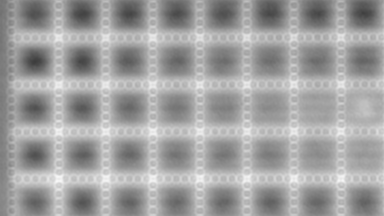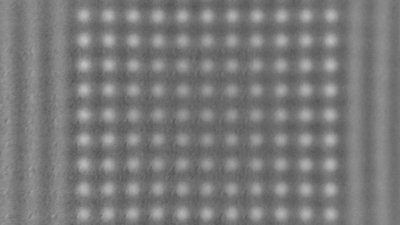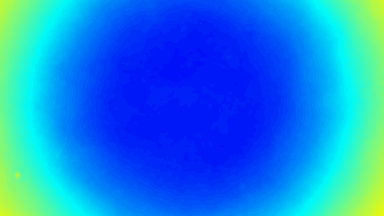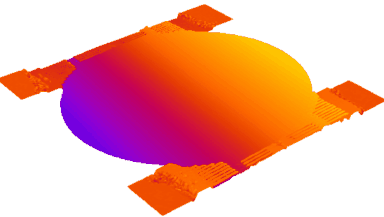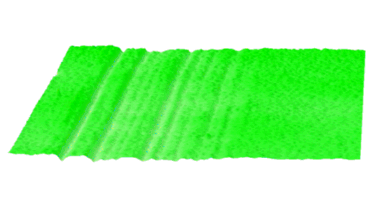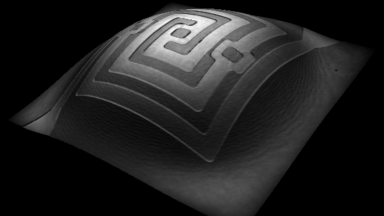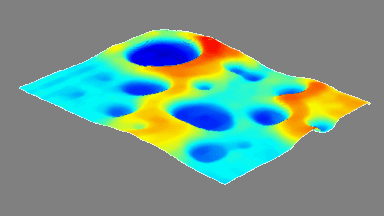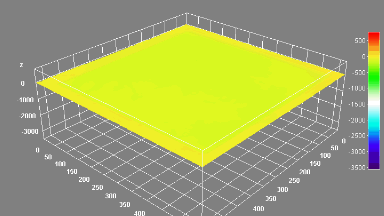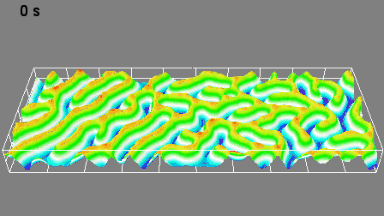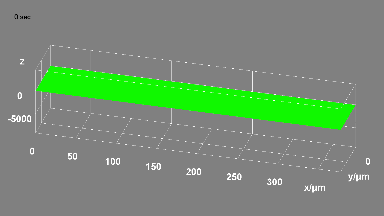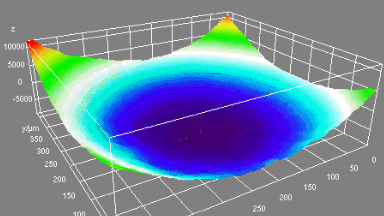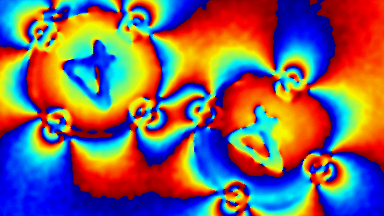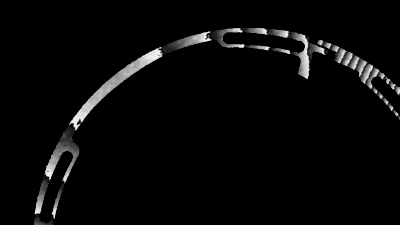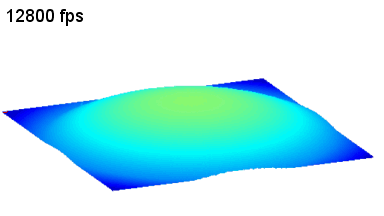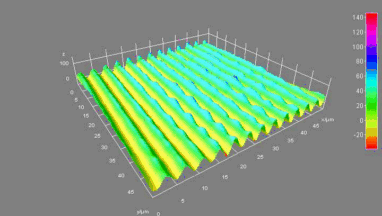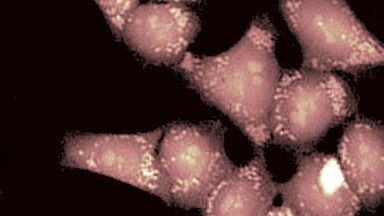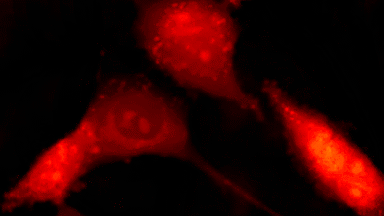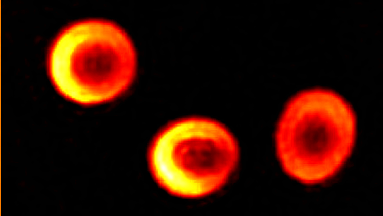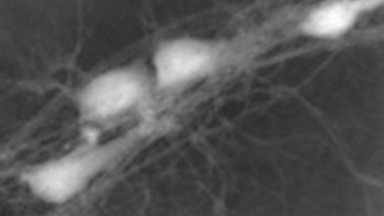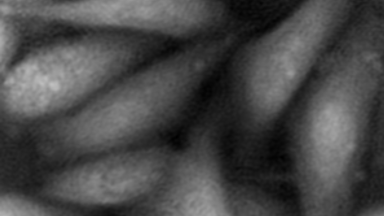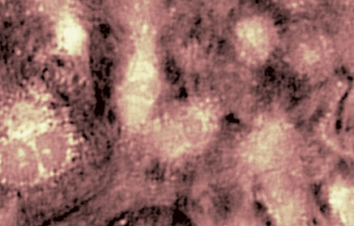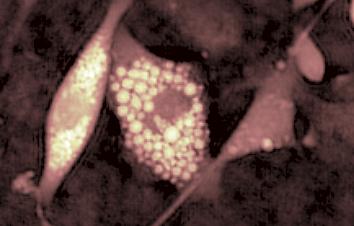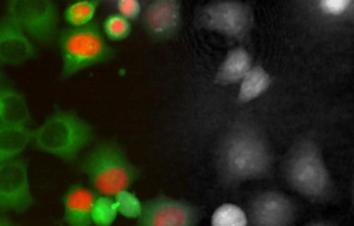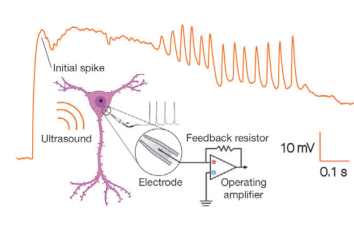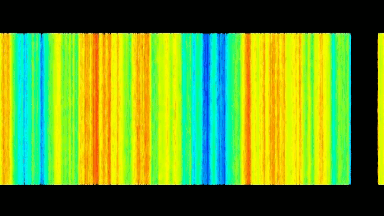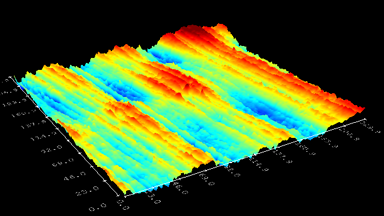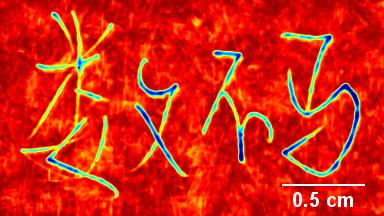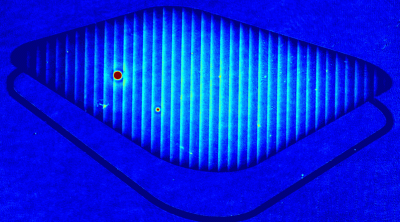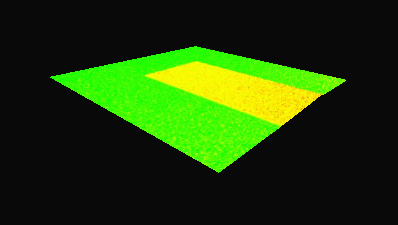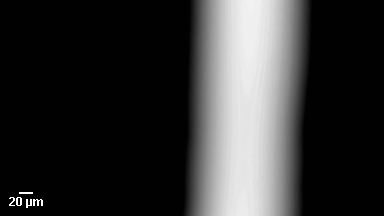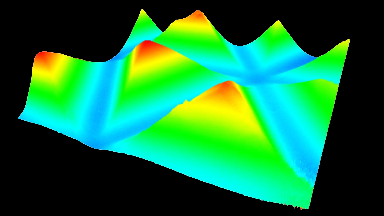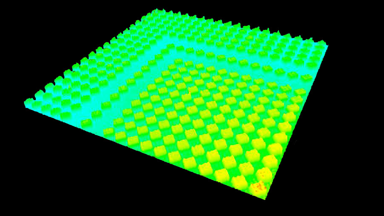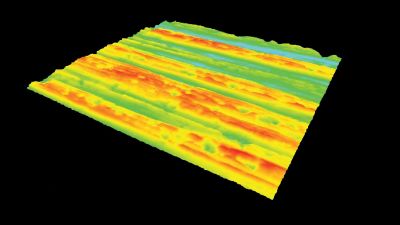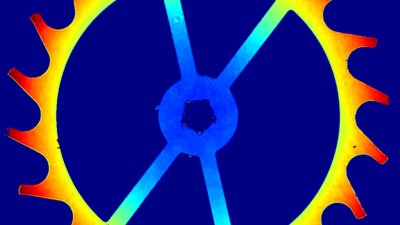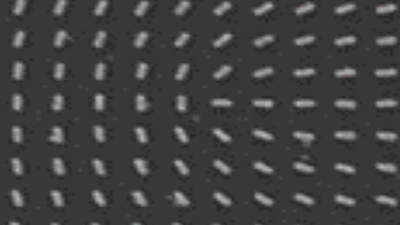光学 MEMS
Single-Axis micro-mirror
MEMS micro-mirror is a key element of many optical system. Mirror performance are measured thanks to the unique time-sequence of 3d topography allows characterization of :
- Surface topography : surface finish, flatness
- Dynamic properties : modal frequency, mode shapes
Efficient characterization of mode shapes
Micro-mirror topography is recorded along the MEMS excitation period for each mode shape. The full-field measurement allow the MEMS designer to characterize :
- Displacement amplitude
- Mirror surface deformation
- Mode shapes
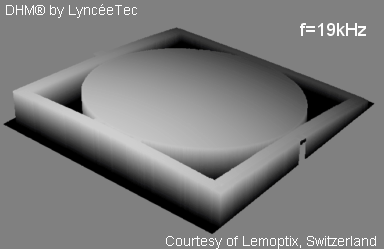
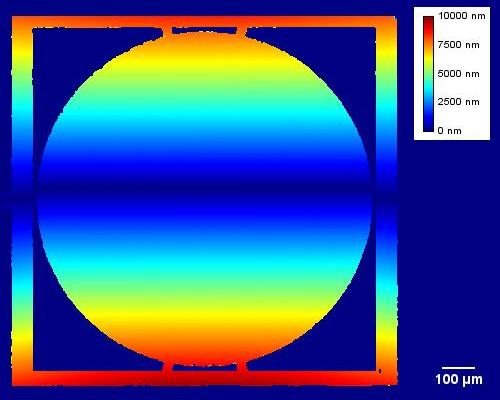
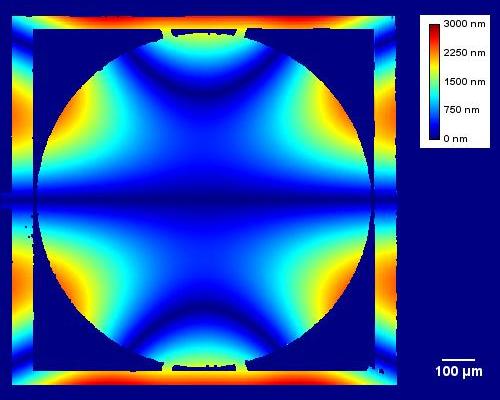
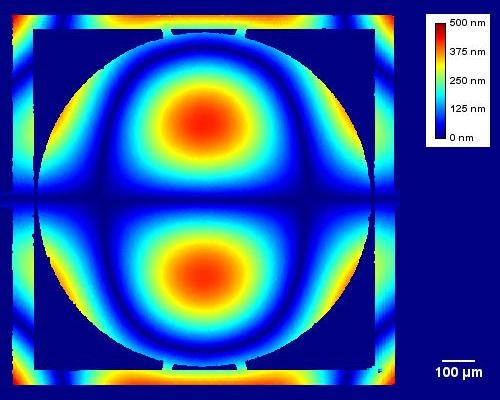
Modal frequency determination in Vacuum
The DHM® unique optical configuration and the large objective collection enables measurement through glass viewport.
Two methods are used to compute modal frequency :
- Bode diagrams by performing a frequency scan
- Fourier Transform by exciting the device with broadband signal
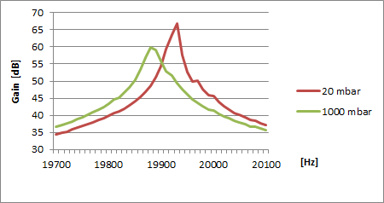
Fast In-plane displacement
Optical shutter is in-plane optical MEMS : silicon parts move in liquids between two glasses. Optimization of in-plane performance requires minimization of out-of-plane displacement.
In- and out-of-plane displacement are recorded simultaneously
The DHM® records time-sequence of 3D topographies up to 25 MHZ, this unique set of data is recorded with a single instrument. It is the sole instrument that measures the evolution of 3D topography along the excitation period. This unique set of data contains also 2 analog and digital electrical inputs.
Recording of in- and out-of-plane is perfectly synchronized, there is no bias introduce by a scanning mechanism or measurement combination.
- In-plane displacement
- Out-of-plane displacement
Measurement in liquid
The silicon elements are moving between two glasses in liquid. Compensation of liquid and glass thickness is possible thanks to the DHM® unique optical configuration.
Visit our catalog of objective lens.
